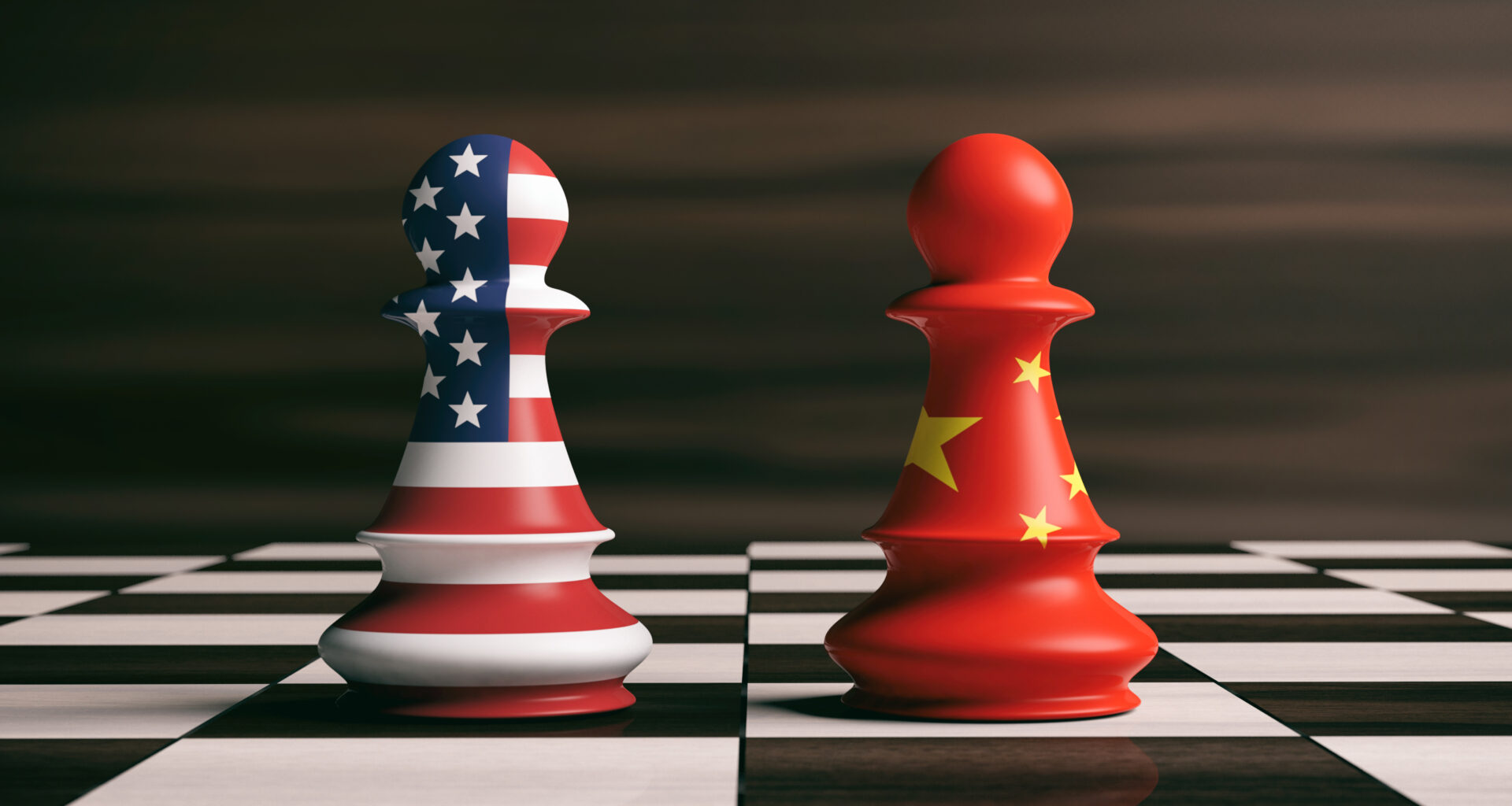Beijing hits back with rare earth curbs, export bans
14 October 2025
3 minute read
US President Donald Trump has intensified his trade offensive against China with a series of sweeping tariff measures on billions of dollars’ worth of imports, aiming to shrink the trade deficit, revive manufacturing and combat the fentanyl trade.
Below is a reverse timeline of developments in the US-China trade war this year:
October 12 – Following China’s announcement expanding rare earth export controls, US Trade Representative Jamison Greer said Washington sought talks, but Beijing deferred. China accused the US of hypocrisy over its new tariffs and defended its export curbs.
October 10 – Trump reignited the trade war, imposing 100% levies on Chinese exports to the US and new export controls on “critical software” from November 1, ending the August truce. He said there was no reason to meet Chinese President Xi Jinping, though a meeting is still expected at the upcoming Asia-Pacific Economic Cooperation forum. Trump also threatened export controls on Boeing parts in response to China’s rare earth limits.
China launched an antitrust probe into Qualcomm over its purchase of Israeli chipmaker Autotalks and announced new port fees on US-linked vessels starting October 14, mirroring US measures.
October 9 – China widened export controls on rare earths and increased scrutiny on semiconductor users. The Trump administration proposed banning Chinese airlines from flying over Russia, citing unfair flight times. Trump said soybeans could be discussed with Xi, while warning he may halt imports from China.
October 7 – US lawmakers called for broader bans on chipmaking equipment exports to China.
October 1 – Trump said soybeans would be a major topic when he meets Xi.
September 30 – Greer described 55% tariffs on Chinese goods as a “good status quo.”
September 24 – Treasury Secretary Scott Bessent suggested US leverage lay in aircraft parts and certain chemicals.
September 21 – A US congressional delegation visited China for the first time since 2019, urging renewed engagement.
September 19 – Trump and Xi held a phone call and agreed to meet in six weeks in South Korea to discuss trade and other issues.
September 17 – China said it would review TikTok’s technology exports after a framework agreement on US ownership.
September 15 – Washington and Beijing reached a deal to shift TikTok to US control.
September 14 – Bessent and Chinese Vice Premier He Lifeng led talks in Madrid on trade and TikTok.
September 4–13 – Trump urged allies to impose tariffs on China to cut Russian oil revenue.
August 11 – The US and China extended their tariff truce for 90 days.
August 10 – Trump called on China to quadruple its US soybean purchases.
August 8 – The US began granting Nvidia export licences for H20 chips to China.
July 28–29 – Officials agreed to extend the tariff truce after talks in Stockholm.
July 15 – Commerce Secretary Howard Lutnick said Nvidia would resume AI chip sales to China.
July 6 – Trump threatened new tariffs on countries aligned with BRICS.
June 27 – Bessent said issues around rare earth shipments had been resolved.
June 9–12 – Talks in London led to a framework trade agreement.
May 31 – Trump accused China of violating a Geneva agreement on tariffs; China rejected the claim.
May 28–29 – The US moved to revoke Chinese student visas and restrict high-tech exports.
May 10–12 – Trade talks in Geneva resulted in a 90-day tariff pause.
April 15–11 – The US introduced new export licensing for Nvidia’s H20 chip and China retaliated with tariff hikes and import bans.
April 8–9 – The US raised tariffs on all Chinese goods to 84%; China responded with equal measures.
April 4 – Beijing announced 34% tariffs on US imports and restricted sorghum and poultry shipments.
April 2 – Trump introduced sweeping “liberation day” tariffs of 10% on all imports and 34% on Chinese goods.
March 3–4 – The US doubled fentanyl-related tariffs; China retaliated with levies on energy and auto imports.
February 1–4 – The US imposed new tariffs on China, Mexico and Canada; Beijing responded with broad sanctions on US companies and higher import duties.
January 21 – One day after taking office, Trump threatened a 10% tariff on Chinese goods, citing fentanyl flows.

